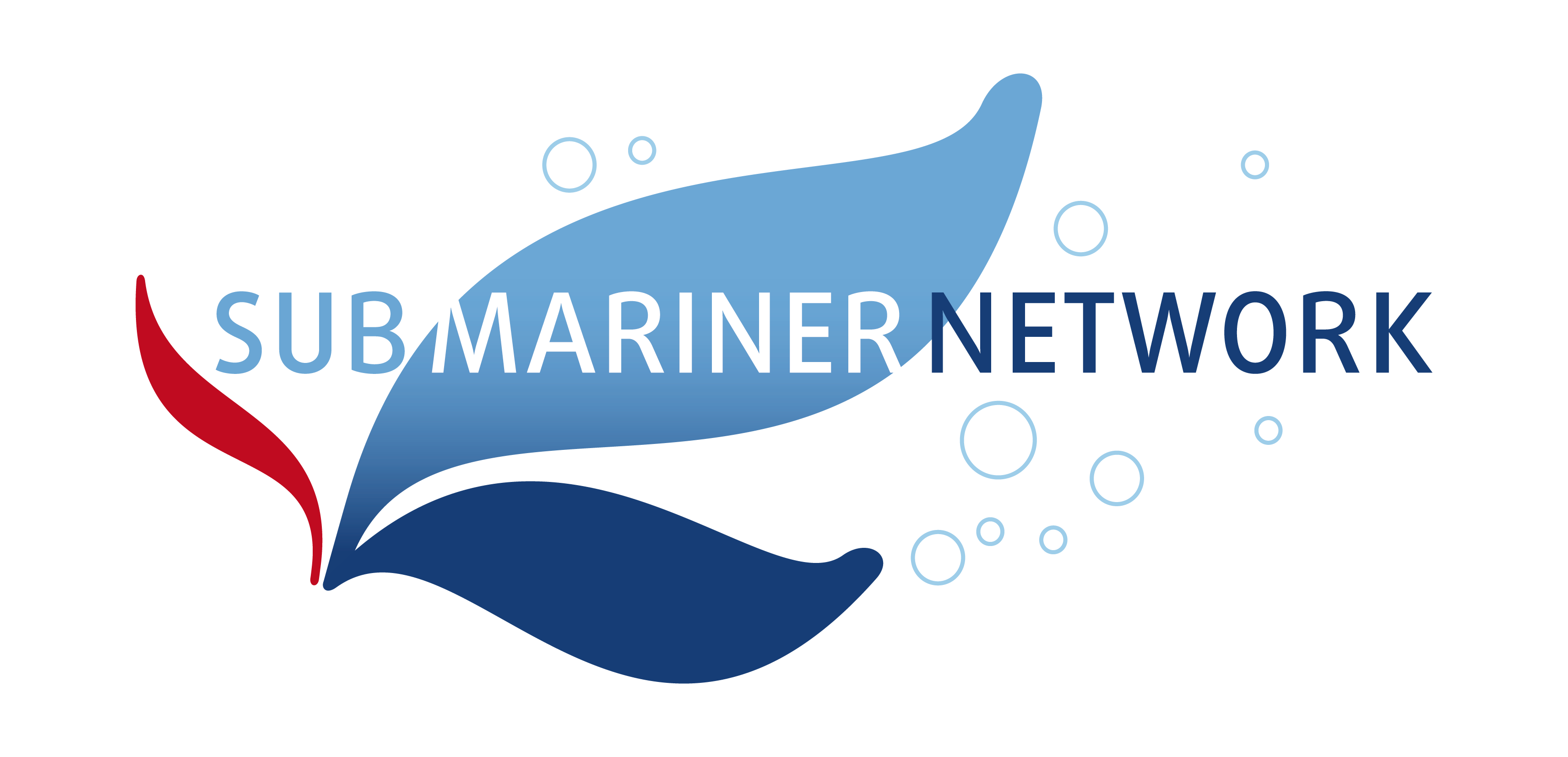Production in the Region would make it possible to offer a local, ultra-fresh product. From a socio-economic point of view, local cultivation of seaweed would contribute to increasing added value in the Region (replacing imported products), promoting employment (including people leaving sea fishing) and better utilizing the potential of fish processing plants. From an environmental point of view, the cultivation of seaweed, especially fast-growing seaweed (like U. intestinalis), offers a unique opportunity to reduce water eutrophication while accumulating CO2.
The main problems and threats to the start of macroalgae cultivation in the main part of the Baltic Sea (except its western part) are: the inability to estimate the market absorption capacity for new species, practically absent in the food market of the Region (such as U. intestinalis); lack of proven in practice technologies for the cultivation of U. intestinalis and F. vesiculosus in Baltic conditions; legal and legislative barriers – especially for first market entrants; finally – the lack of public funding for the water-environmental services that will be provided by seaweed farms.
The following report synthetically collects the available knowledge about the production possibilities and the seaweed market in the Baltic Sea Region and was carried out as part of the GRASS project – Growing Algae Sustainably in the Baltic Sea.


